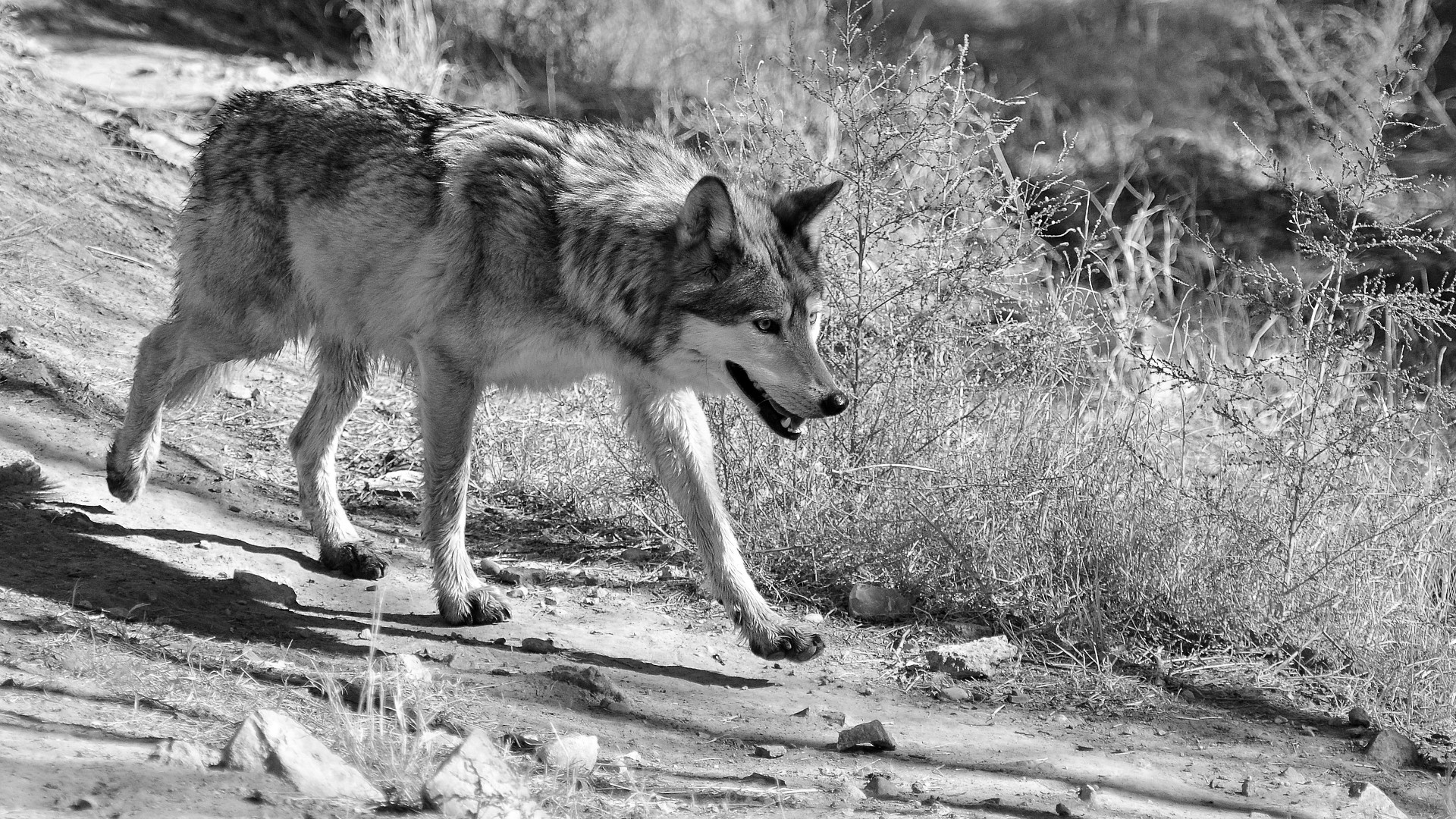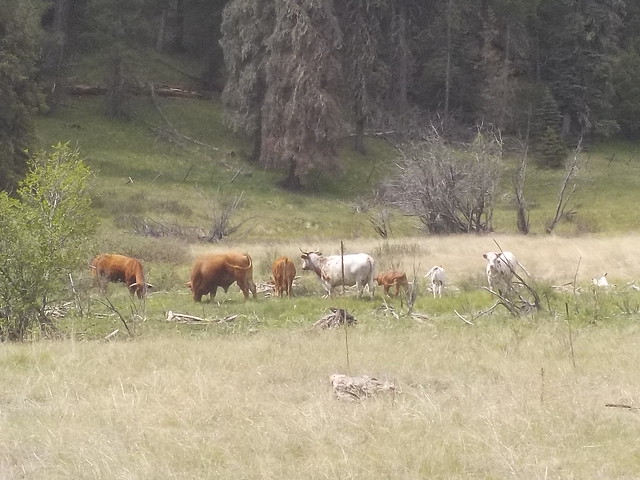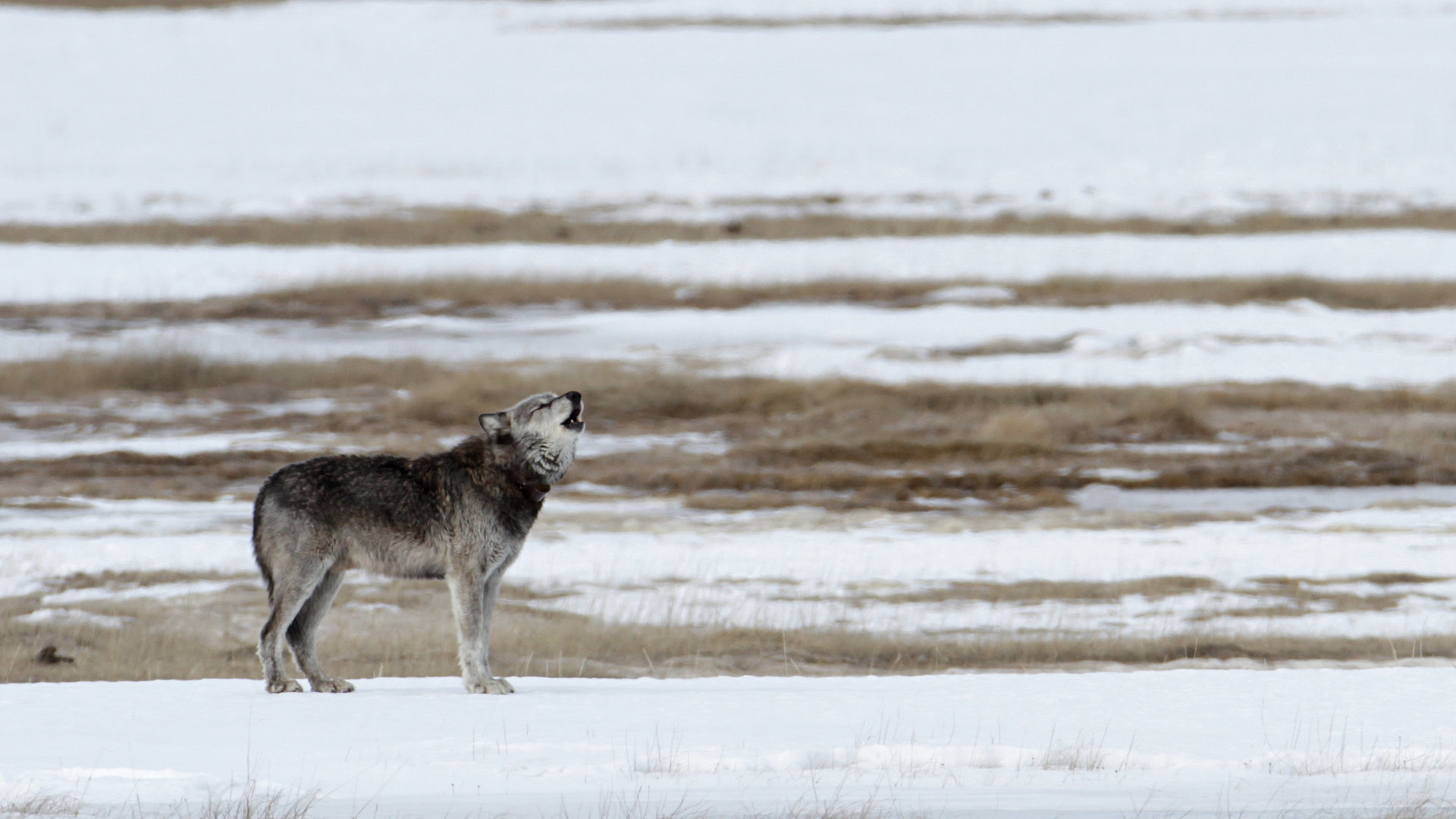The U.S. government has the blood of many millions of wild creatures on its hands.
Every year a little-known program run by the U.S. Department of Agriculture, known as Wildlife Services, kills an astonishing number of animals. Last year it slaughtered 1.5 million native wild creatures and 1.1 million invasive animals — everything from armadillos to hawks to wolves. This follows 2.3 million animals killed in 2017, 2.7 million in 2016, and tens of millions more in the years prior.
Why is the federal government in the animal-killing business? These deaths illustrate a longstanding choice to provide a protective stance for agriculture and aquaculture at the expense of wild creatures.
In the process Wildlife Services agents kill animals from hundreds of ecologically important native species, using a variety of cruel methods, including poisoning, shooting with firearms and bolt guns, snapping necks, lethally trapping with neck snares and leg-hold traps, and euthanizing with drugs.
Firearms are one of Wildlife Services’ favorite execution tools. In 2018 the program shot about 291,500 wild animals using a mix of shotguns, rifles and handguns. And the program is open, and perhaps even proud, about its prodigious use of weaponry. “Each year, Wildlife Services employees fire tens of thousands of rounds while conducting wildlife damage management activities,” the program stated in an internal firearms Safety Review document in 2008. “Other than the military, this is more than any other state or federal organization, including law enforcement agencies.”
A few years ago I met a Wildlife Services officer in the Midwest who bragged about the size of the feral hogs he’d recently shot. “They were big!” he exclaimed, showing me smartphone photos depicting him along with a series of large, dead pigs. Feral hogs really do damage crops, and can injure livestock and native wildlife. But there’s a difference between killing an invasive species to prevent it from damaging an ecosystem and turning that animal’s death into a glorified first-person shooter.
The U.S. government considers any animal that preys on livestock or destroys crops a nuisance that needs “controlling.” This includes native species, particularly predators, like bears, cougars, coyotes and foxes, as well as crop- and fish-eating birds — despite the fact science shows that killing predators contributes to an increase in livestock deaths.
The USDA created what would become the present-day Wildlife Services in 1885. It began as a wildlife research unit but would eventually develop into a task force to kill or disperse wild creatures in order to aid agriculture, and it’s kept up on doing just that ever since. Last year Wildlife Services slaughtered 515,935 red-winged blackbirds because they like to snack on farmers’ grain crops; 10,203 cormorants because they hover around fish farms; as well as 68,292 coyotes, 361 black bears and 384 cougars because they sometimes attack livestock.
Understanding the plight of America’s native species — particularly wolves — allows us to better grasp the U.S. government’s priorities. Last year Wildlife Services killed 357 gray wolves for killing (or being suspected of killing) ranchers’ livestock, and to boost elk numbers for hunting. Today gray wolves occupy less than 20 percent of their historic range across two-thirds of the lower 48 U.S. states. Meanwhile pastureland, especially occupied by cattle, and cropland used to grow their food take up more than 41 percent of all land in the lower 48. The federal government is now deciding whether or not gray wolves need continued endangered species status in the lower 48, despite contradictory efforts of both recovering and exterminating wolves since they were put on the endangered species list in 1978.
That’s bad enough, but to truly understand the effect of these wildlife-killing policies, it’s important to look at another predator, one they nearly drove into extinction: the gray wolf’s southern cousin, the critically endangered Mexican gray wolf.
In June 2016 I hiked with a guide across two significant parts of Gila National Forest in southwestern New Mexico: Black Canyon, where a severely overgrazed landscape was recovering two decades after prohibiting cattle from entering; and Rainy Mesa, where wolves from the Prieto Pack have been targeted for removal after a string of cattle kills.
My companion, whose identify I cannot reveal, had tipped me off about how the government was failing to replenish the population of the Mexican gray wolf, which once roamed the Southwest by the thousands but was killed off in the wild during the Twentieth Century by disgruntled ranchers and well-armed government officials, who engaged in an eradication campaign at the request of the livestock industry. By the 1940s, the subspecies had been wiped out in the United States, and only a few remained across the border in Mexico. In 1976 the wolves were added to the endangered species list and soon after the last seven remaining animals were brought into captivity in a last-ditch attempt to save them.
The government started reintroducing healthy captive-bred individuals to the wild in 1998, but my guide claimed the effort had been slowed due to western states’ political disagreements over releasing more wolves near livestock grazing on some of the most remote and least developed lands in the lower 48. It was hampered further, he said, by continued illegal wolf killings — which rarely end up with any convictions — and also at the hands of officials, who have historically resorted to killing predators when livestock owners complain about them.

The effects of that government-sponsored predator killing were evident wherever we walked in Gila. Over the course of our two day-long hikes crossing wide-open forest, we didn’t find a single one of the 114-or-so Mexican gray wolves living on U.S. soil at that time. Nor were there signs of the other predator species that live in the area, including bears, bobcats, cougars and coyotes. Instead, we came across dozens and dozens of free-grazing ear-tagged domestic cows and steers, owned by ranchers who had been granted rights to let their animals feed in the Gila.

Gila is not alone, but it’s typical. The U.S. government, driven by profits from grazing permits and beef exports, prioritizes cattle ranchers over preserving endangered wolves across this part of the American West. The result is a landscape transformed by overgrazing of cattle and a severe depletion of a whole mix of important predators. Instead of pure wilderness, I noticed a serious loss of large trees and high grasses, parched soils packed down by hooves, trampled, dewatered streams, and a seriously diminished level of biodiversity. At times, it felt like we were on a farm, not a national forest.
The story of the Mexican gray wolf is even more complex than its more northerly cousin. The U.S. Fish and Wildlife Service began releasing captive-bred Mexican gray wolves in Arizona and New Mexico in 1998 after years of planning on how best to reintroduce the species to parts of its original range. USDA Wildlife Services also participated in the recovery effort by trapping, relocating and radio-collaring individual wolves.
But it seems that Wildlife Services’ involvement is grounded in serving livestock interests — not the recovery of a wolf species the government’s earlier actions helped push to extinction. Since the reintroduction program began in 1998, Wildlife Services officials have been given orders by Fish and Wildlife to shoot 13 of these endangered wolves, while FWS shot another wolf directly, and a Wildlife Services official killed another without authorization after mistaking the wolf for a coyote. The most recent of which was gunned down in 2017, after the government found cattle that appeared to have been attacked by four-legged predators —although some investigations have shown Mexican gray wolves don’t always attack, and in fact often appear to scavenge on cattle that die from other causes.
This March federal trappers captured two wolves thought to be behind attacks on a dozen cattle grazing in Gila National Forest — the wolves’ natural habitat — during the winter months. They currently wait in captivity, as their fate, and that of a third wolf suspected of killing cattle, is decided by Fish and Wildlife and Wildlife Services officials. Killing the wolves is not off the table.
How can the Mexican gray wolf ever recover if the U.S. government agencies tasked with ensuring its survival continue to gun it down to protect the interests of livestock operators?
This government-driven loss of biodiversity, and its consequent destruction of the environment, occurs far beyond the Gila. In fact it happens all across the country, every day.
It shouldn’t be this way.
Healthy ecosystems depend on a rich mixture of native species, including predators. The U.S. government’s priorities evidently do not lie in long-term preservation of the planet and the species it supports — like humans.
Instead the government does all it can to safeguard the profitability of an economic industry that produces profits for itself and big companies, at the expense of all other life. The nation raises the world’s most cattle, and records show the country exported 1.35 million metric tons of processed beef at a profit of $8.3 billion last year. This despite the urgent advice of scientists for people to stop consuming so much animal protein in order to keep our home, planet Earth, livable for humans for as long as possible.
“The agricultural human’s pull historically has been toward the monoculture of annuals,” Wes Jackson, cofounder of agriculture research organization Land Institute, writes in his book New Roots for Agriculture. “Nature’s pull is toward a polyculture of perennials.”
Efforts to reforest agricultural land and small-scale polyculture farming to help agriculture better mirror the natural state of the planet are cropping up across parts of Europe. More natural agriculture operations are not only kinder to wildlife but are driven by a scientific understanding that smaller-scale, more natural agriculture are more sustainable and slow humanity’s drive of wild species toward extinction.
That’s not evident very often in this country. At one point on Rainy Mesa, my companion pulled me behind a scrubby bush and sharply whispered, “Get down!” as we approached the outskirts of a private ranch abutting the public forest. The loud rumble of a single-engine plane suddenly exploded overhead. I snuck a glance toward the sky and saw a yellow plane, a Wildlife Services plane, patrolling the ranch’s border, probably for coyotes — which they shoot from the sky by the thousands each year in New Mexico. As I lay belly-down on the dusty, dry earth waiting for the plane to fly off, a friendly cow approached and flicked her floppy black ears at me.
I found nary a trace of a wolf, nor a bear, nor a bobcat, nor a cougar, nor a coyote. What were plentiful were cattle, roaming a section of highly degraded landscape that had lost the wildness and vitality for which the Gila is known. Before long, when these cows and steers would reach maturity, they’d be brought to slaughter, calves put in their place. And that process would repeat itself over and over again.
Wildlife Services also runs the National Wildlife Research Center, which it touts as an effort to use the best available science to help humans and nonhumans coexist, and to boost biodiversity. However the program does not follow the advice of independent scientists who have made it clear that nonlethal means of predator deterrence are much more effective in preventing livestock deaths than are lethal means of predator control. Instead of sticking with the best scientific advice, like it says it does, Wildlife Services continues to practice cruel, centuries-past wildlife eradication techniques, at a cost of hundreds of millions of dollars per year. It’s long past time for USDA’s most notorious program to update its practices to step into line with modern science.
Who’s the nuisance to whom? In killing off ecologically important nonhuman animals, Wildlife Services contributes significantly to an extreme loss of biodiversity, wildlife cruelty, and ultimately, Big Ag’s takeover of wild places across the nation. The program’s practices, goals and existence are extremely problematic, especially in a world where we face rapidly diminishing biodiversity. Ethically and ecologically, the U.S. government — and all of us — must rethink our relationship to wild beings and wild places, or we risk accelerating the loss of our nonhuman kin.
The opinions expressed above are those of the author and do not necessarily reflect those of The Revelator, the Center for Biological Diversity or their employees.
![]()
Previously in The Revelator:
The Big Picture: Cyanide Killers



1 thought on “Killing as a Government Service”
Comments are closed.